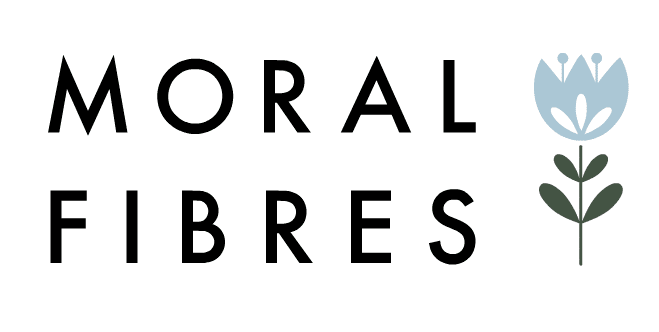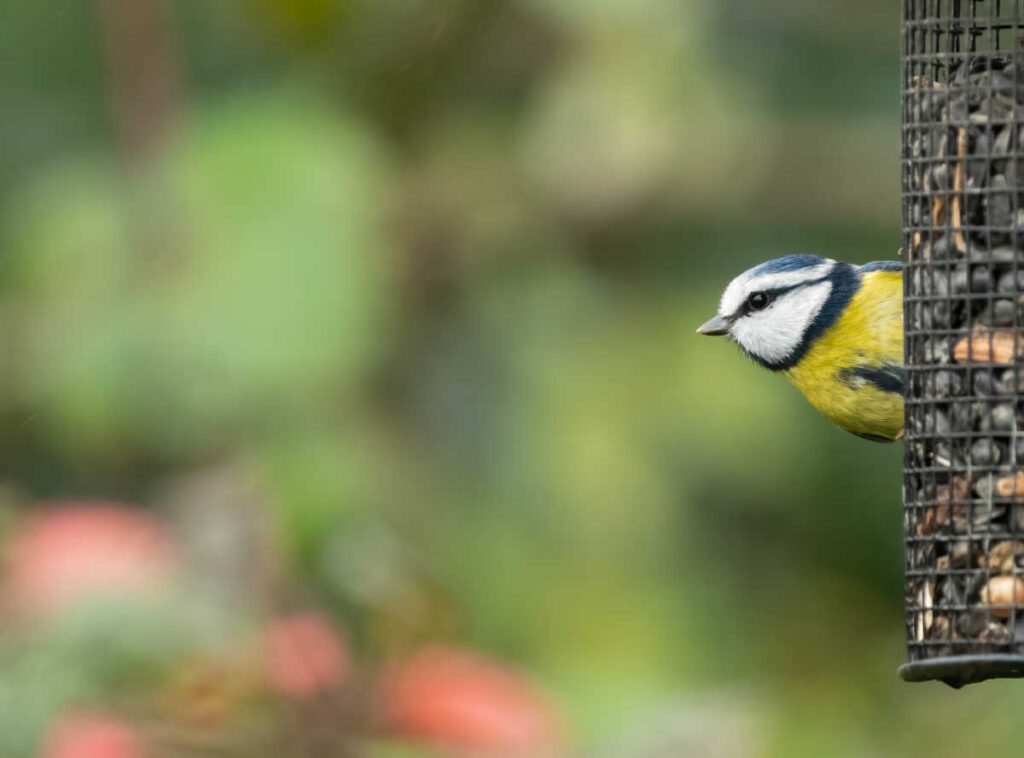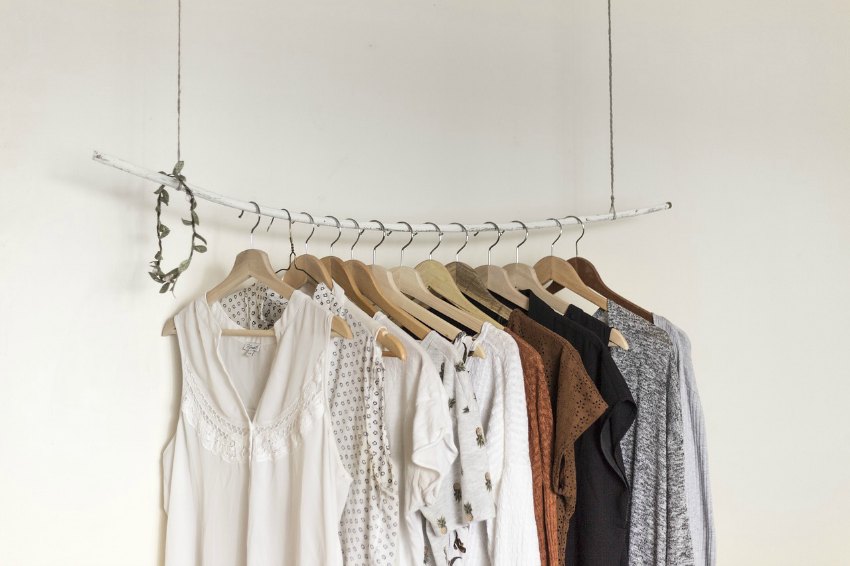How To Make A Bee Watering Station In Seconds
To support the running costs of Moral Fibres, this post contains affiliate links. This means Moral Fibres may earn a small commission, at no extra cost to readers, on items purchased through these links.
Help out bees, butterflies and other pollinators with this easy guide on how to make a safe bee watering and drinking station in seconds, using items you already have in your garden.
Want to make a real difference to the bees? Start by planting a vibrant garden filled with bee-friendly plants and ditching those pesky bee-harming pesticides. Next, support the campaigns that call for bans on bee-harming pesticides in industrial agriculture.
Whilst that may seem like enough, there’s more you can do. When the temperature rises, you can also be a hero to our fuzzy friends and other pollinators by setting up refreshing water stations. Trust me, it’s as simple as a summer breeze, and providing bees with safe sources of drinking water makes a world of difference. Plus, as well as being simple to set up, it’s low maintenance too.
Table Of Contents
- Wait, Bees Drink Water?
- How To Make A Bee Watering Station That’s Safe For All Pollinators
- Important Tips To Remember
Wait, Bees Drink Water?
Bee-lieve it or not, bees do drink water. Like the majority of creatures on the planet, bees, butterflies and other pollinators need water to survive.
As well as requiring water to drink, water is of crucial importance to bees when it comes to hive health.
In summer, bees use water to cool their hives. Here, bees cleverly spread water that they’ve collected along the edges of the beeswax structure of cells where the queen bee lays her eggs. The bees then fan the area with their wings. This creates air currents that evaporate the water, cooling the hive to the right temperature. It’s a pretty impressive natural air conditioning system, that allows the baby bees to survive even on the hottest of days.
However, bees don’t just need water in summer. Particularly in winter, bees use water to dissolve crystallised honey and also thin honey that has become too thick and viscous.
It’s safe to say that water is of great importance to bees. The problem is that due to habitat loss, finding a continuous source of shallow water can be difficult for bees and other pollinators. And due to increased pesticide usage, finding water that is free of pesticides makes a difficult situation even more challenging.
How To Make A Bee Watering Station That’s Safe For All Pollinators
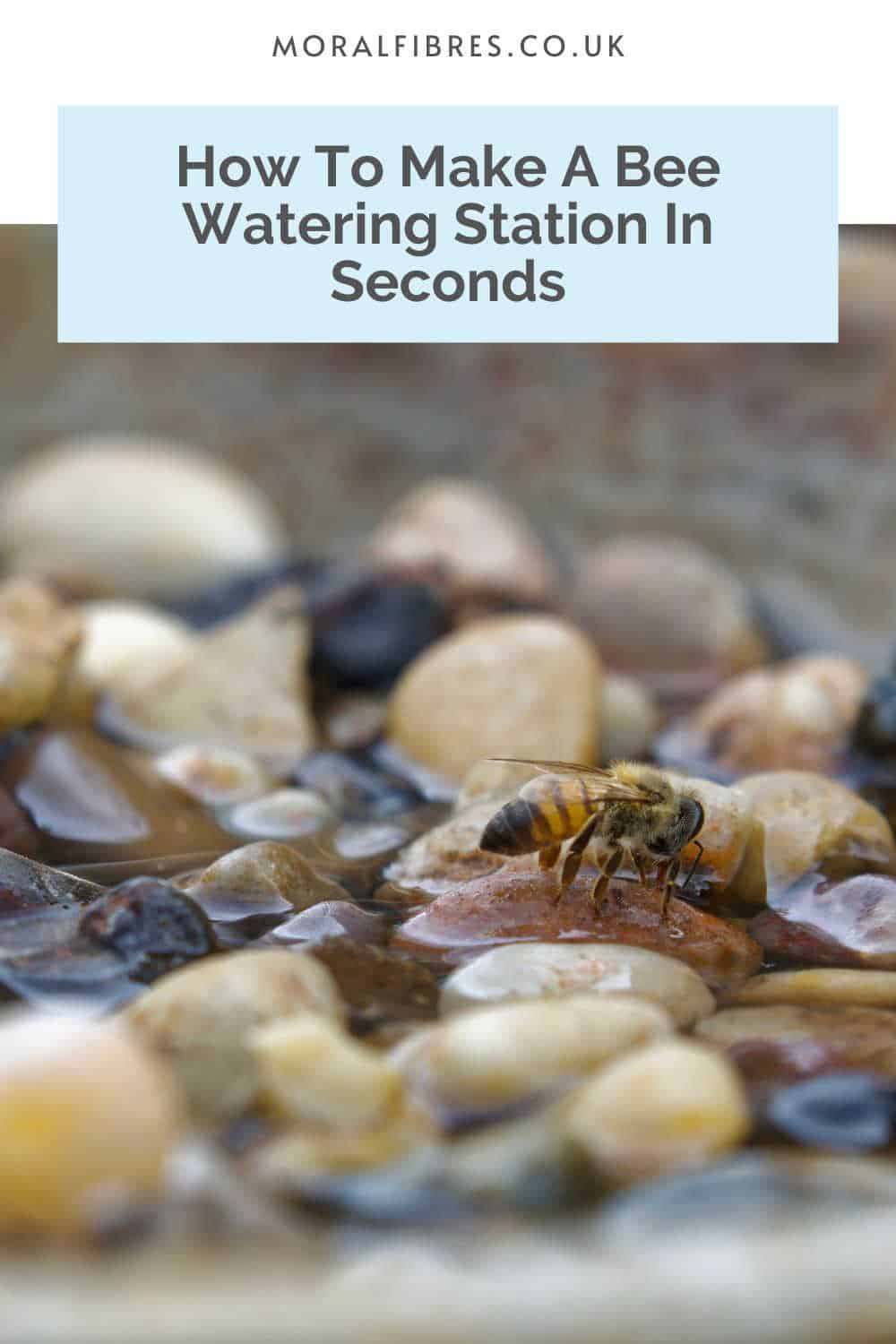
It couldn’t be easier to make a bee watering station, that all pollinators, including butterflies and wasps, can drink from. Whilst water can pose a drowning risk to bees, this method is safe for all pollinators and eliminates the risk of drowning.
You Will Need
- A shallow dish. There’s no need to buy anything new. You could use an old plate, tray, plant pot saucer, or even an old frisbee. Any shallow container will do, as long as it doesn’t have any drainage holes in it.
- Small pebbles, rocks or stones. You can gather these from your garden or buy a small bag of pebbles from your local garden centre. Alternatively, glass pebbles, corks, and sticks can also be used.
- Fresh water from the tap or rainwater.
Directions
- First, find a shady spot in your garden to place your bee watering station. I would recommend avoiding an area that receives direct sunlight. This is because on very hot days the water will heat up quickly and get too warm.
- If you suspect your dish and/or stones may have been exposed to pesticides then first give them a wash in warm soapy water, before rinsing it with clean water and then drying.
- Next, fill your dish with pebbles and stones.
- Then fill the dish or tray with water, ensuring that the water line is a little shallower than the stones. Bees and other pollinators need to be able to rest on the stones whilst drinking. Keeping the water line shallower than the stones also reduces the risk of pollinators drowning.
- Finally, wait for bees and butterflies to find your water source.
Important Tips To Remember
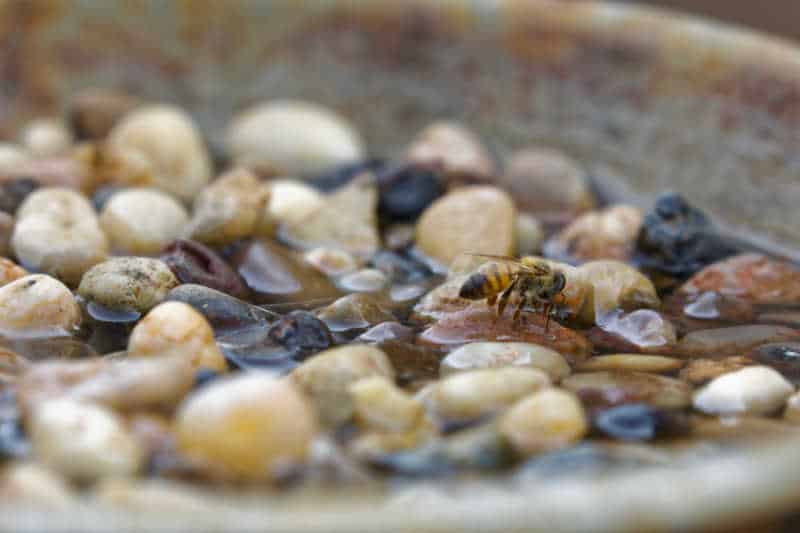
There are a few key tips to remember when putting together your watering station:
Be Patient
It will take bees and other pollinators a little time to find your station This is because bees navigate largely by their sense of smell. Fresh water doesn’t have much of a smell to it. The longer your water sits there, the dirtier it gets. The dirtier it is, the more discoverable it is to bees.
Don’t Forget To Refill It
Once bees and other pollinators find a reliable water source, they will return regularly.
On hot days, and in periods where there has been very little rain, the water will evaporate quickly. Be sure to keep an eye on your dish and top it up with water when necessary, so that you maintain a constant water source for the bees.
Don’t Fill Your Station With Honey Or Sugar
Despite what you may have heard on social media, never add sugar or honey to your bee watering station. Honey can be dangerous to pollinators – a lot of our honey is imported and may not always be right for native British bees. Honey from other hives can also spread fatal diseases, such as Foulbrood, amongst bee populations.
Meanwhile, leaving sugar water in your garden fills bees up with empty calories. This can prevent the bees from gathering precious pollen and therefore could be detrimental to their health. It’s also bad for plants, as this would prevent bees from pollinating our plants. Instead, keep the sugar for bee-related emergencies – although do read my guide on reviving tired bees correctly to make sure you are helping, not hindering bees.
Don’t Keep It Too Clean
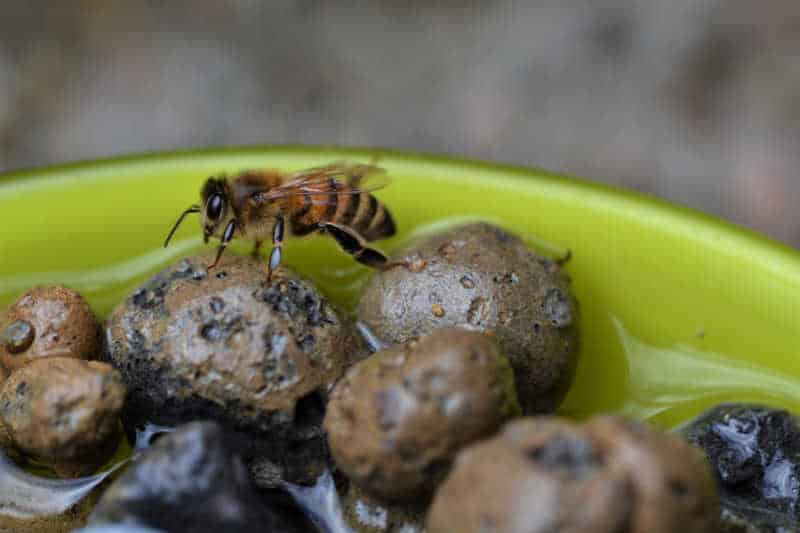
Unlike bird feeders and bird baths, which have to be kept clean to avoid the spread of disease, bee drinking stations don’t have to be kept clean.
Bees drink water from ditches, muddy puddles, and other dirty sources of water. Whilst we wouldn’t dream of drinking dirty water, for bees, these smelly and slimy water sources contain a wide range of nutrients that aren’t always gained from pollen and nectar.
As I mentioned before, bees largely navigate by smell, so the water needs to be a little bit dirty for bees to consider your water as a good source of drinking water!
So, don’t worry too much if your drinking station starts to look a bit green and slimy, or smells a bit off – the bees will love it. The only time you should clean it up a bit is if you start noticing casualties near your station, or if someone has used pesticides nearby.
Found this post useful? Please consider buying me a virtual coffee to help support the site’s running costs.
